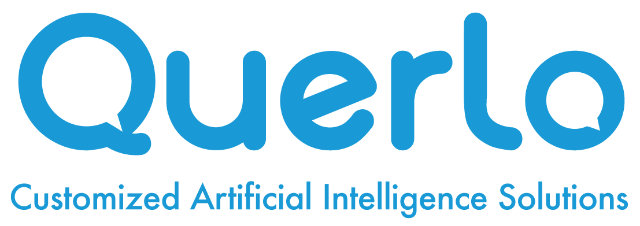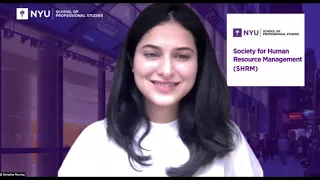In continuation with Querlo’s interview series, Francesco Rulli, Global CEO of Querlo and Chief Digital and Cognitive Officer at the Opera del Duomo, spoke with Sonia Talati, Senior Conversation Designer, about the use of AI in the world of art, culture, and spirituality.
Prior to working in the technology field, Sonia was a Wall Street Journal columnist and TV anchor. Currently, she has been working on Alexa skills, chatbots, and Google assistants for various companies. In addition, she partnered with Querlo to build her own Sonia Bot.
Sonia envisions many experiences becoming digitalized in the future as people continue to increasingly interact with technology in their daily lives. She sees a big opportunity in education specifically; rather than reading textbooks and other printed materials, students could be able to interact with chatbots so they can ask specific questions about certain historical figures. In addition, the Michelangelo AI that Francesco and his colleagues at the Opera del Duomo have been creating provides a very seamless experience for users who want to learn more about Michelangelo. Sonia pointed out that from a conversational designing perspective, the chatbot is much more real and humanlike compared to having to look up each individual question on Google and search for the correct answer.
Sonia continued by asking Francesco what he is noticing with the application of AI in the world of art, culture, and spirituality. With 700 years of history and knowledge at the Opera del Duomo, it is hard to share all the information with people unless they travel to Florence. With the Michelangelo AI, the museum is able to deliver all of that information to people’s homes and enhance the knowledge base associated with the Opera. Francesco discussed how there is a huge amount of knowledge that’s untapped because of the Opera’s geographical location, but with AI they can bridge this physical gap.
In order to deliver that information to the users, Francesco and his team have a reporting system that tells them what questions have and haven’t been answered yet. This team includes Monsignor Timothy Verdon, Rita Filardi, Giovanni Serafini, and Monica Segui. In addition, they have a network of experts in different museums who are becoming more aware of this new way of communication to further enrich the knowledge base of the Michelangelo AI.
Sonia added that this technology is not just about building the future but it’s actually connecting the past, present, and future together. She continued by discussing that what’s always important with AI is thinking about certain ethical lines. In her work, she asks herself if it’s doing good for people, if it’s serving a purpose, and if the intention is well intended.
To hear more from Sonia, you can visit her website or connect with her on LinkedIn,




